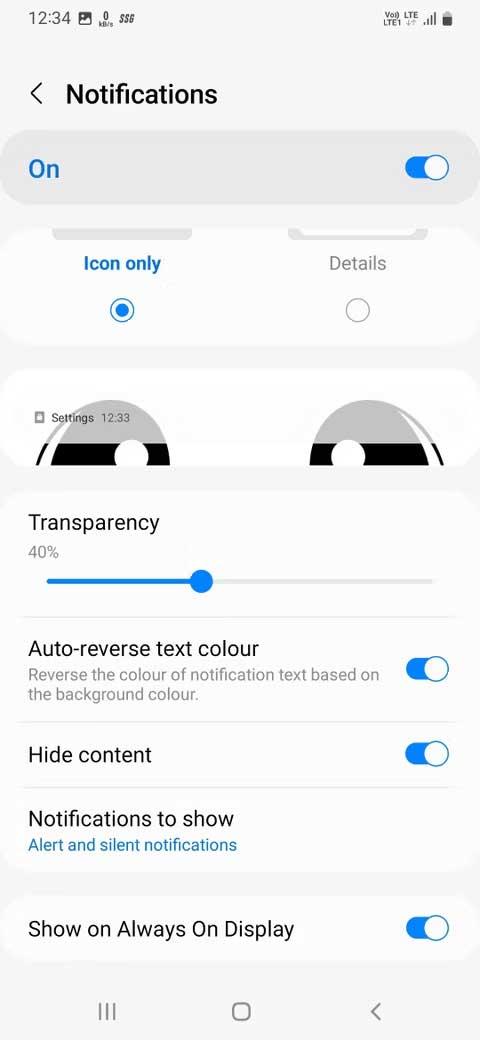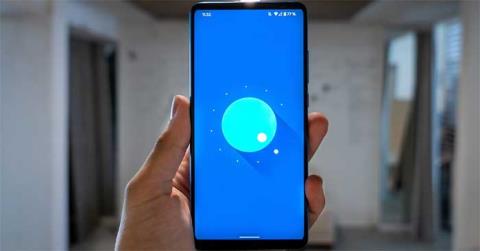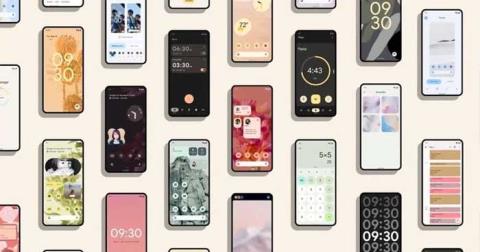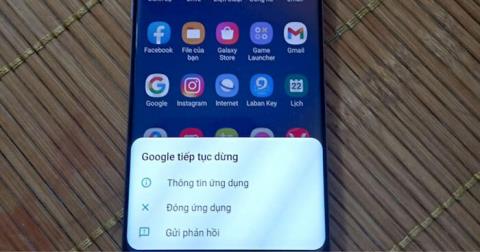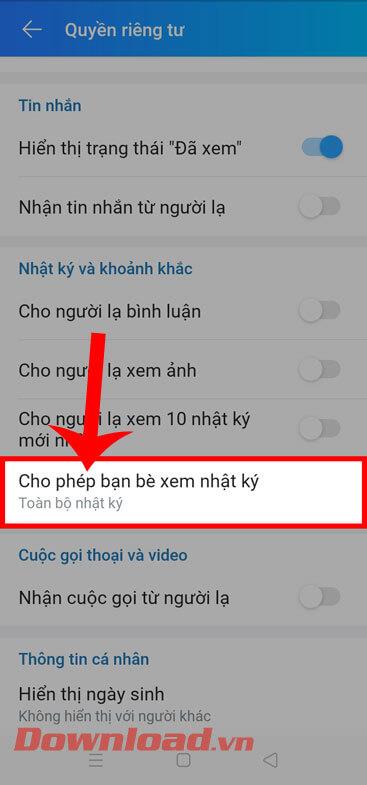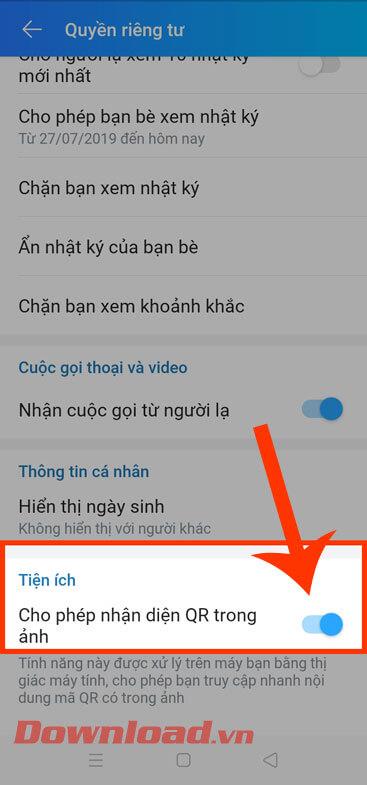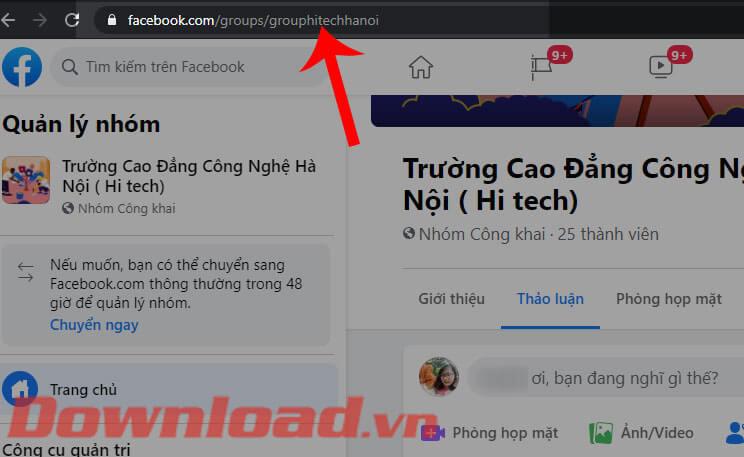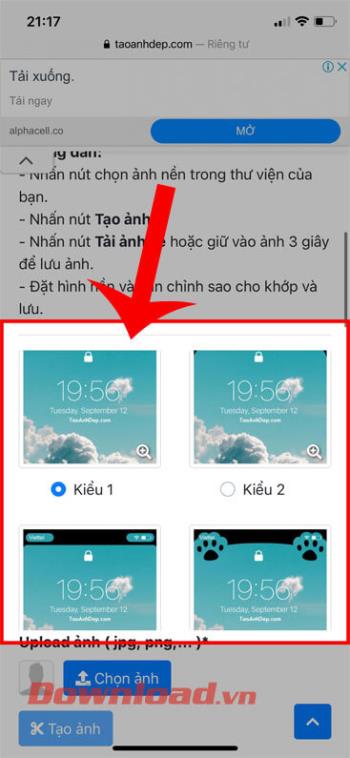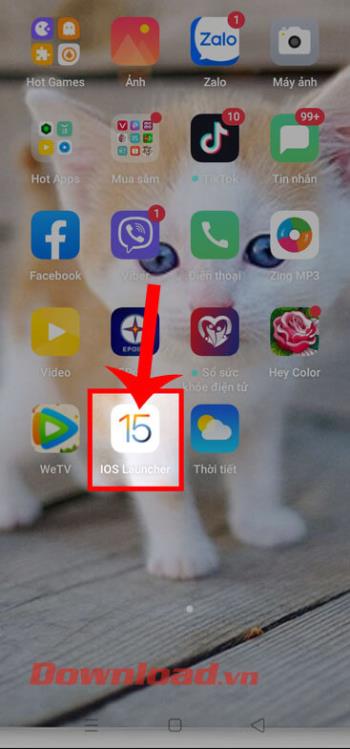Making and receiving phone calls has, surprisingly, become one of the less used ways to communicate over the phone. The ubiquitousness of mobile phones has made landlines almost obsolete, and even those who have them hardly use them.

This creates a situation in which a majority of the calls you receive will be unwelcome, usually some sort of marketing campaign. But even more unwelcome, to the point of being a nuisance, are international calls which are almost never anything but a scheme to extract money.
Luckily, you can block overseas calls on your mobile phone with ease. There are three avenues to solve this problem and you will learn about them in this article. First, we’re going to cover how to block overseas calls at the source, with your carrier, and then move on to methods you can use on your specific device.
Blocking Overseas Calls Through Your Carrier
Most, if not all, carriers provide options to their clients for monitoring unwanted calls. The problem of scam calls has risen sharply in recent years. This is partly due to some modifications of the rules about what constitutes as auto dialing by the FCC. The good news is that your carrier will probably work with you to get rid of these calls.

While you’re unlikely to get a turnkey solution from your carrier (some carriers do offer it), you can still block numbers selectively or block robocalls on most carriers. To get a full overview of your options, you’ll have to call your carrier’s support line or access their online support page. You can also try to register your phone number on the Do Not Call registry here. This FTC service opts you out of receiving telemarketing calls. Though it may not stop overseas calls, it’s still a good idea to use it.
If the problem gets bad enough, you can even file a complaint with the FTC or FCC if you have a US-based number. If you’re on a landline, your options are much more limited, so try to use this method to find a solution.
Blocking Calls from Your Device
If your carrier is unable to help you, or at least can’t go as far as you need them to go, your device probably has built-in solutions for call blocking. The operating system of your device will dictate the steps you need to take as they’re slightly different depending on the platform. Here is a brief overview of each one.
Android
Keep in mind that the nomenclature may change slightly based on your carrier, but overall, it should be fairly standard.

- Navigate to your Settings menu.

- Now, find Call Settings, it might just be labeled as Call.
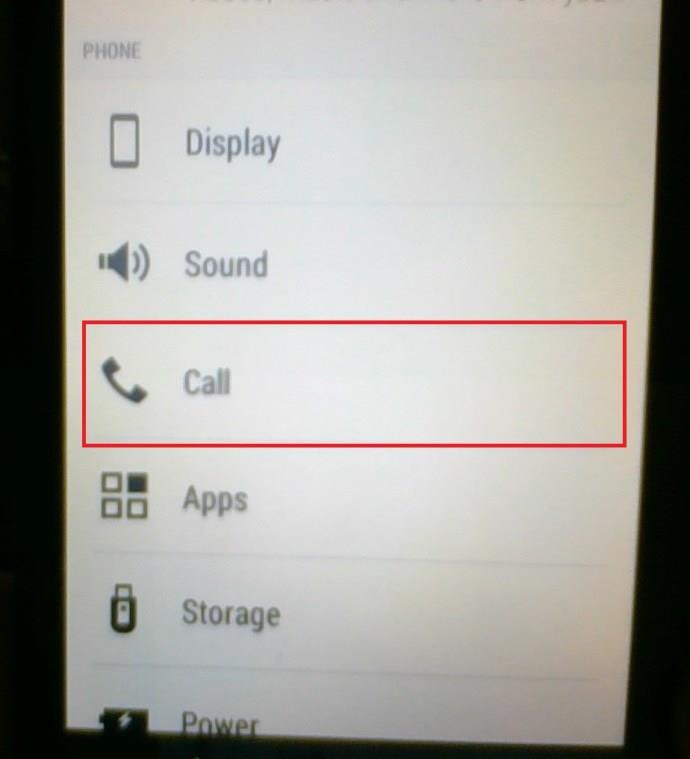 You may need to access call settings from your phone app, as it may not appear in the general settings.
You may need to access call settings from your phone app, as it may not appear in the general settings. 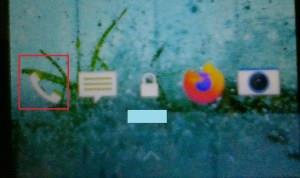

- In the Call Settings, tap on the Block Numbers, it might also be called Blocked contacts.
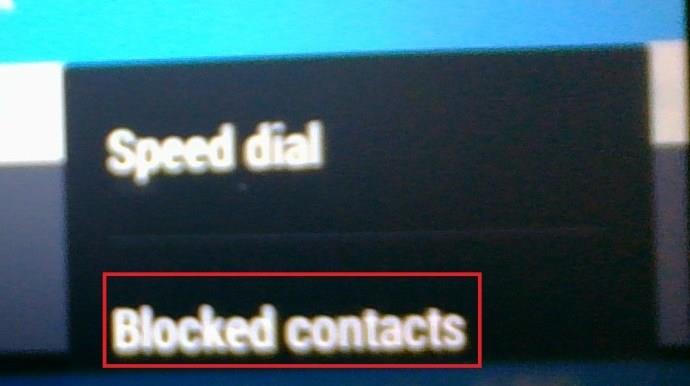
- Here you can block individual numbers that you know will be unwanted or toggle on the option to block all unknown calls.
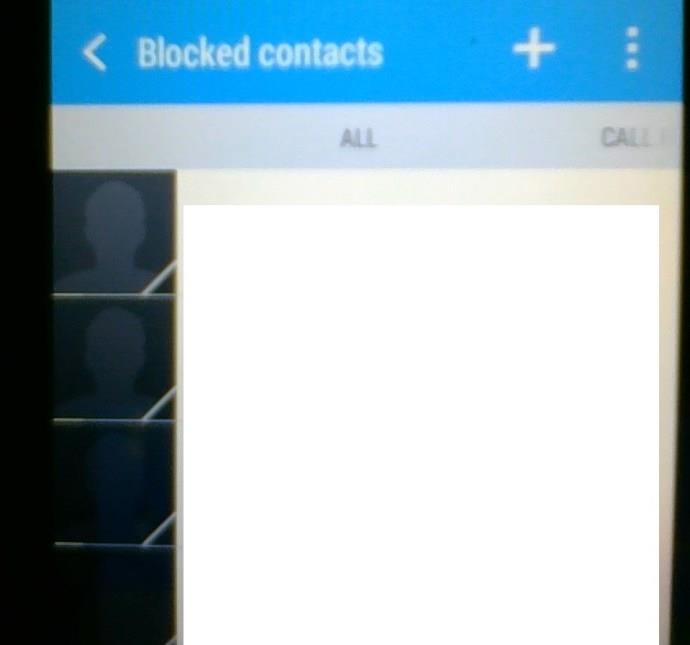
iOS
- Create a new contact in your phone. Add the numbers you want to be blocked to this contact. Add as many as you need to, as all the numbers associated with this contact will be filtered.
- In your phone’s Settings, tap on the green Phone icon.
- Scroll down and tap Calls and then Blocked.
- Now tap on Add New and select the contact that you created earlier. It’s a good idea to name this contact “International Numbers” or something similar to remember why they’re blocked.
Using Third-Party Applications to Block Calls
The third option you have is to use an application specifically designed for call blocking. Many users will find that this is the best choice due to the variety of features that apps can provide, including, in some instances, blocking country codes.
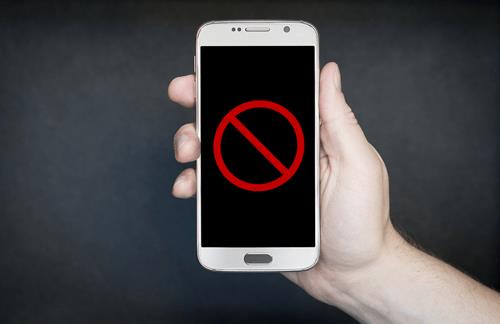
One of the best apps for call management on Android devices is Call Blacklist. As the name implies, this app allows you to create a “blacklist” of numbers that will be blocked on your phone. You can input whole numbers or numbers that start with or contain certain numeric sequences. Effectively, you can screen out country codes using this feature to block any calls from a given country. The app also has password protection and a host of other nifty features.
If you’re on an iOS device, you have a very high-quality option in Call Control. Most of the same features from Blacklist will be found on this app, along with smart blocking options that use community managed lists to archive suspicious numbers. You can even use this app to conduct a reverse search and find out who is calling from blocked numbers. Both of these apps are free in their respective stores.
When in Doubt, Block the Number
Hopefully, by now you realize there’s no reason to continue receiving unwanted calls. These are some simple and effective options for blocking numbers on your phone regardless of the kind of device you own. Contacting your carrier to ask about call blocking options is a solid way to solve your problem, and probably the only one if you’re on a landline. For most mobile users, the first, last, and best line of defense is any of a number of very good apps that are designed to block calls.
Where do most of your unwanted calls come from? Is it national or international numbers? What do you think the future of telemarketing is in a world where call blocking is so ubiquitous? Share your experiences and thoughts in the comments below.
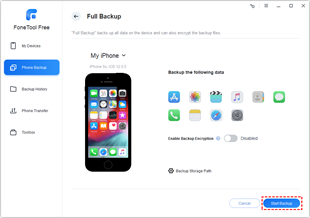




 You may need to access call settings from your phone app, as it may not appear in the general settings.
You may need to access call settings from your phone app, as it may not appear in the general settings. 






